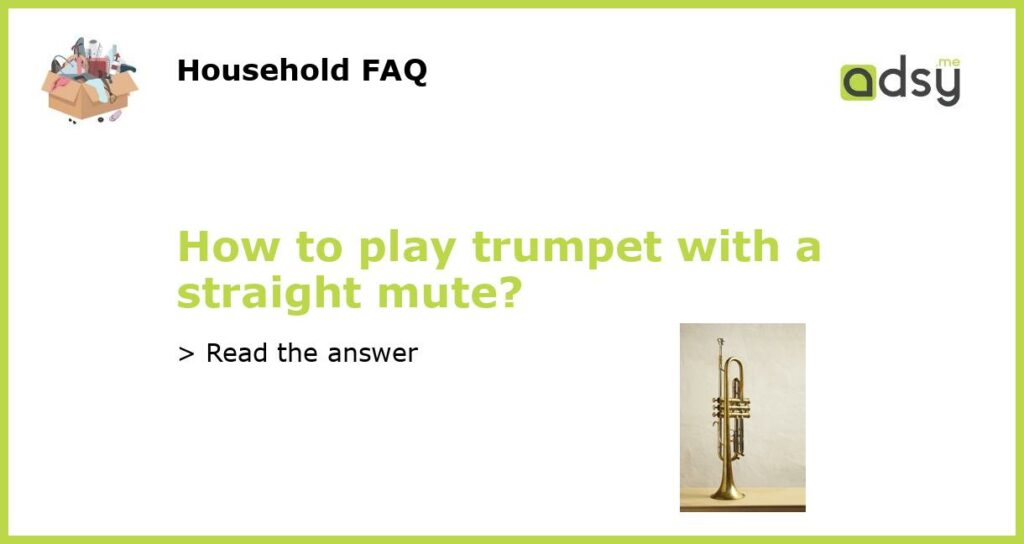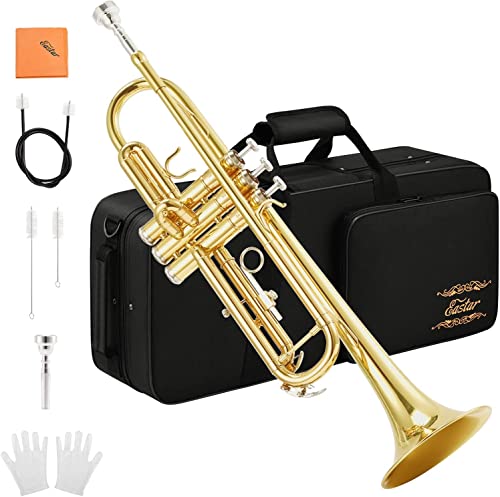Understanding the role of a straight mute
Before learning how to play trumpet with a straight mute, it’s important to understand the purpose of a mute. A straight mute is a type of mute that dampens the sound of the trumpet, making it quieter and more mellow. It’s commonly used in jazz music and can create a unique sound that is essential in certain pieces. It’s important to keep the purpose of the mute in mind when learning to play with it, as it will affect your technique and overall sound.
Choosing the right mute for your trumpet
When it comes to playing with a straight mute, it’s important to use the right type of mute for your trumpet. Not all mutes are created equal and you may need to try a few out before finding one that works well with your instrument. Some good options to consider include the Yamaha Silent Brass System and the Denis Wick Straight Mute. Be sure to do your research and read reviews before purchasing a mute to ensure it’s the right fit for your needs.
Adjusting your technique with a mute
Playing trumpet with a straight mute requires some adjustments to your technique. One common mistake is blowing too hard into the trumpet, which will result in a harsh and unpleasant sound. Instead, try blowing with less force and focus on creating a smooth and controlled sound. You may also need to adjust your embouchure and lip positioning to get the right sound with the mute. Experiment with different techniques and be patient with yourself as you learn.
Practicing with a mute regularly
Like any skill, playing trumpet with a straight mute takes practice. It’s important to incorporate regular practice sessions into your routine to hone your technique and get comfortable with the mute. Start by practicing simple scales or melodies with the mute, gradually increasing the complexity of your pieces. Be sure to record yourself and listen back to assess your progress and identify areas for improvement.
Experimenting with different styles and genres
Once you’ve mastered the basics of playing with a straight mute, it’s time to experiment with different styles and genres. The use of a mute is particularly common in jazz music, but it can also be incorporated into other genres, such as classical or pop. Try playing along to different songs and explore the unique sounds you can create with the mute. With practice and experimentation, you’ll be able to add a new element of depth and expression to your playing.






